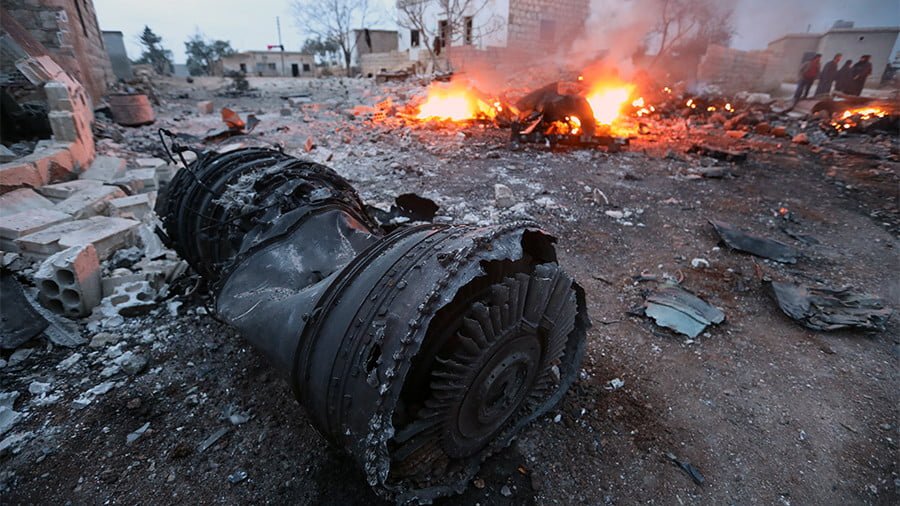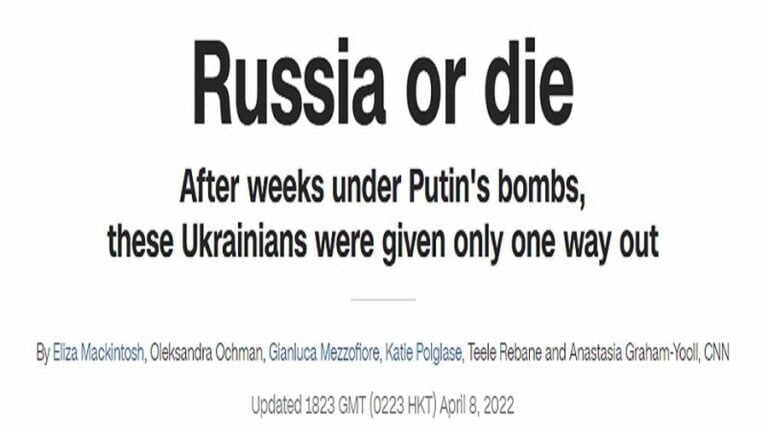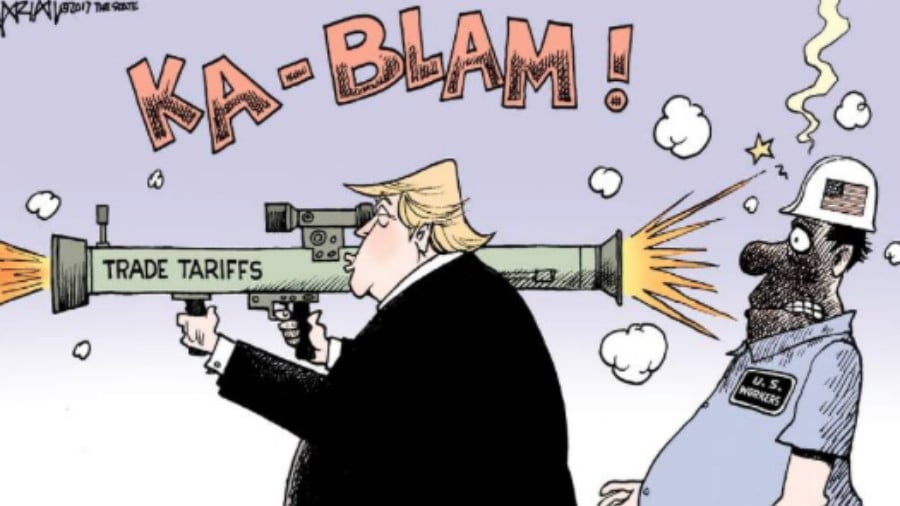Downing of Russian Fighter in Syria Threatens Wider War
The shooting down of a Russian warplane over northern Syria on Saturday threatens to dramatically escalate the confrontation between Washington and Moscow over the US-backed proxy war to oust the Russian-supported regime of President Bashir al-Assad. The Russian media and senior political figures are already accusing the United States of involvement.
The Russian Defence Ministry reported that a Sukhoi Su-25 was struck by a portable surface-to-air missile, or MANPAD, in the northern Syrian province of Idlib. The pilot, who has not been named, ejected from the plane but was killed on the ground during “a fight with terrorists.” The Su-25 is a low-flying, ground attack aircraft.
The Al Qaeda-aligned Tharir al-Sham claimed responsibility, saying one of its fighters scored a direct hit with a shoulder-launched anti-aircraft missile. The Russian Defence Ministry announced that retaliatory strikes against anti-Assad forces in the area killed more than 30 fighters.
Russian senator Frants Klintsevich, deputy chairman of the Russian Federation Council Defence and Security Committee, blamed the US for the downing.
“I am absolutely convinced… that today the militants have MANPADs, and they were supplied by the Americans through third countries,” he said.
Klintsevich called for a thorough investigation to determine the type of MANPADs that have been supplied and the “circumstances of the downing of the Su-25.” He warned
“the loss of one aircraft is nothing, but it has great significance and far-reaching consequences.”
Russian parliamentarian Dmitry Sablin blamed an unnamed country, neighbouring Syria, for supplying the MANPAD used to shoot down the plane.
“Countries from whose territory weapons arrive, that are then used against Russian servicemen, must understand that this will not go unpunished,” he said.
The Pentagon quickly denied supplying MANPADs to US-backed militias and reiterated the lie that its combat operations are solely focussed on the now-defeated Islamic State of Iraq and Syria (ISIS).
“The US has not equipped any partner forces in Syria with surface-to-air weapons and has no intent to do so in the future,” Pentagon spokesman Eric Pahon told the Russian media on Saturday.
The denial does not stand up to serious examination. The US announced just last month that it would arm and equip a 30,000-strong “border force” made up predominantly of Kurdish People’s Protection Units (YPG) to carve out, in effect, an American-aligned enclave in northern Syria from which to launch attacks on the Assad regime.
The US plans are rapidly unravelling. Turkey, which brands the YPG as terrorists aligned to the separatist Kurdistan Workers Party in Turkey, launched a full-scale offensive in the Kurdish enclave. At the same time, Syrian government forces, backed by Russia, began their own attacks on Western-aligned militias seeking to cling onto what remains of opposition-controlled territory.
A lengthy editorial in the New York Times last Wednesday entitled, “As US allies clash, the fight against ISIS falters,” reviewed Washington’s incoherent and contradictory policy that has led to all-out fighting between NATO ally Turkey and the US proxy forces in Syria. Desperate to square the circle, the US gave the green light for the Turkish offensive but drew a line at the Syrian town of Manbij, where hundreds of American troops are based, along with Kurdish militias.
In concluding, the New York Times bitterly attacked Russia and Iran for manoeuvring “to ensure they will have a permanent presence and influence” and accused the United States, effectively President Donald Trump, of “shirking its responsibility for Syria’s political future.” The editorial can be read only as a call for action to rein in Russia and Iran so as to prevent the US from being further marginalised in the Syrian quagmire that it created. Days later, the apparent response came in the form of the downing of a Russian warplane that was attacking US-aligned forces.
In the murky world of Syrian oppositional intrigues, where right-wing Al Qaeda-aligned militias collaborate with openly pro-Western groups and the CIA and US Special Forces, it is impossible to know exactly who supplied the MANPAD and who gave the decision to fire it, or even which militia did the firing.
The Debkafile, which has close ties to Israeli intelligence, reported last month that the Pentagon was “sending the YPG [Kurdish militia] man-portable air defence systems—MANPADs—which are especially effective against low-flying jets and helicopters.”
In an article entitled “Who pulled trigger on Russian jet in war zone bristling with arms?” Al Arabiya pointed out that a number of Syrian opposition militias have access to anti-aircraft missiles. It said US FIM-92 Stingers, one type of MANPAD, were manufactured under licence in Turkey by the Roketsan corporation, and, according to US-based analyst Theodore Karasik, had been delivered to “many Syrian opposition forces, like the [Western-aligned] Free Syrian Army, around Idlib.”
Regardless of who precisely pulled the trigger, the latest incident underscores the extremely tense situation in which Russian and American military forces face off at close quarters on opposing sides of Syria’s disastrous civil war.
The danger of a conflict between the two nuclear-armed powers has been greatly exacerbated by the Trump administration’s release of a new National Defence Strategy in January, which declared that “inter-state strategic competition,” not terrorism, was “now the primary concern.” It branded China and Russia as “revisionist powers” and said the US must “prioritise preparedness for war.”
That was further reinforced last Friday with the release of the latest US Nuclear Posture Review. It names Russia, along with China, North Korea and Iran, as potential threats and calls for an expansion of the US nuclear arsenal. It recommends the development of a range of new weapons that could be used in situations other than full-scale nuclear war, effectively undermining agreements to wind back nuclear arsenals.
The Syrian civil war is just one of the dangerous flashpoints in the Middle East and around the world that could set off a catastrophic conflict as all sides manoeuvre and intrigue to boost their presence and influence. The chief responsibility, however, lies with US imperialism. For the past quarter century, it has waged one war of aggression after another, turning Syria, Yemen, Iraq and the entire region into a volatile powder keg.
By Peter Symonds
Source: World Socialist Web Site







